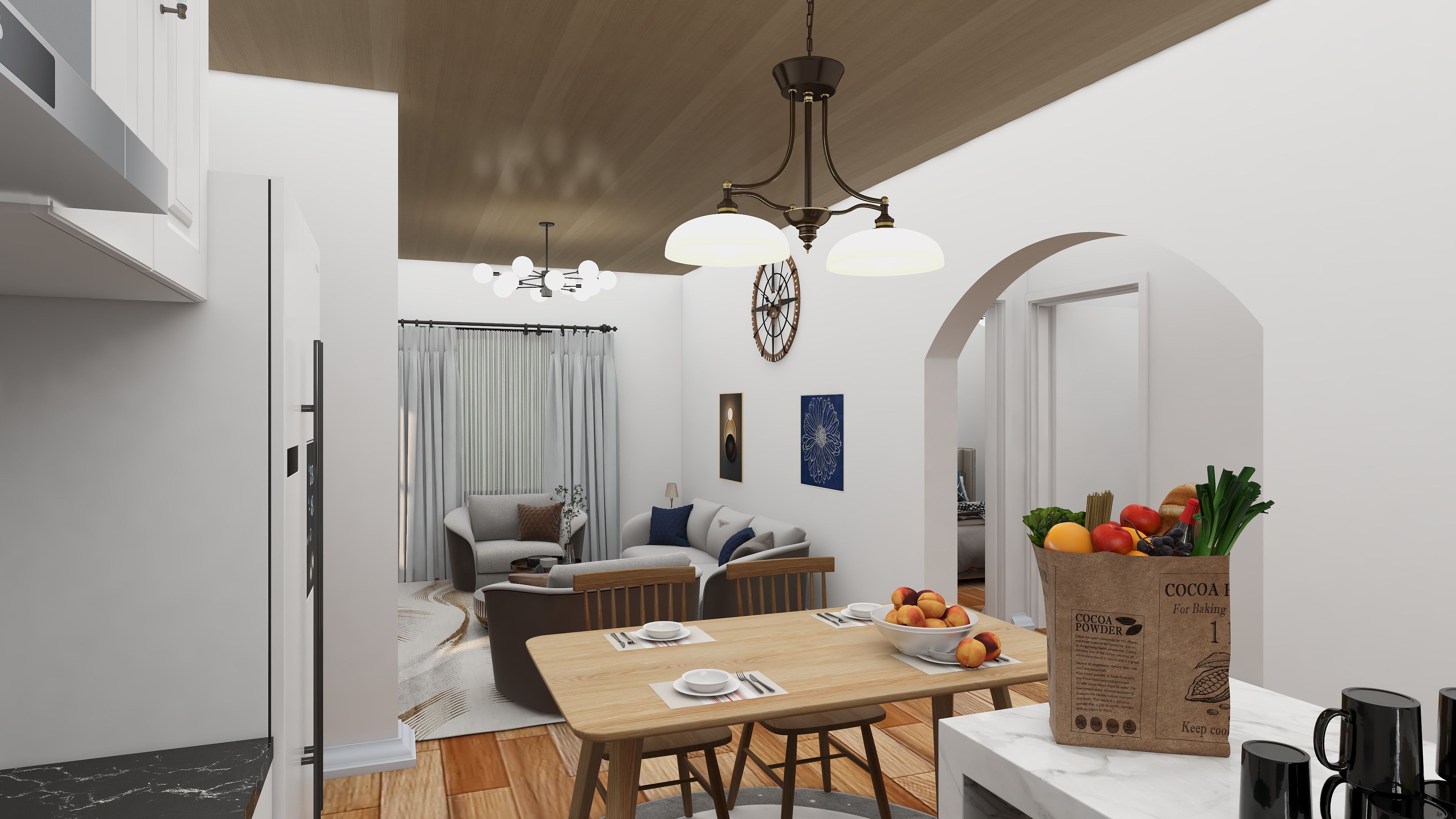5 room dungeon layouts: Exploring the art of designing engaging dungeon layouts for tabletop adventures

Designing a captivating dungeon layout can significantly enhance the gameplay experience for tabletop role-playing games. A well-structured dungeon not only challenges players but also immerses them in the narrative. Utilizing a '5 room dungeon' concept is a popular framework that offers a balanced mix of challenges, encounters, and storytelling opportunities. Each room serves a distinct purpose and contributes to the overall adventure. The first room often serves as the 'Entrance and Guardian'. This room sets the tone for the dungeon and introduces an initial obstacle or guardian that players must overcome. It could be a simple puzzle, a monster, or even a riddle posed by an ancient spirit. The challenge here is to make players feel engaged right from the start. Moving on to the second room, we have the 'Puzzle or Roleplaying Challenge'. This room is designed to encourage players to think creatively and engage in character-driven interactions. It could feature a magical barrier that requires a specific spell to pass or a room filled with illusions that need to be deciphered. This part of the dungeon is crucial for allowing players to showcase their skills and creativity. The third room is often the 'Setback'. Here, players face a significant challenge that tests their resolve. It could be a trap that they didn’t see coming, a powerful monster that ambushes them, or a moral dilemma that forces them to make difficult choices. The goal is to create tension and ensure that players feel the stakes are high. The fourth room, known as the 'Climax', is where the main conflict of the adventure unfolds. This could be an epic battle against a villain or a revelation about the true nature of the dungeon. It’s essential to build up to this moment, so players feel like their efforts have led them to a worthy climax. Finally, the fifth room serves as the 'Reward and Revelation'. After overcoming the challenges, players should feel a sense of accomplishment. This room could contain treasure, an important piece of lore, or a chance to save a captured ally. It's the moment when players can reflect on their journey and the choices they've made throughout the dungeon. Incorporating these elements into your dungeon design can lead to a memorable and engaging experience for players. Remember, the key is balance – mix combat, puzzles, and roleplaying opportunities to ensure every player has a chance to shine. Whichever system you use for your games, whether it’s Dungeons & Dragons or another tabletop RPG, the principles behind a well-crafted dungeon layout remain the same. Players love to feel challenged yet rewarded, and a thoughtfully designed dungeon can offer them just that. For more tips and inspiration on dungeon designs, feel free to explore resources online or join community discussions on platforms like Reddit, where fellow game masters share their experiences and ideas.
Tips 1:
Consider your players' strengths and weaknesses when designing challenges. Tailor encounters to create a dynamic and engaging experience.
FAQ
welcome to Coohom
Please check with customer service before testing new feature.

